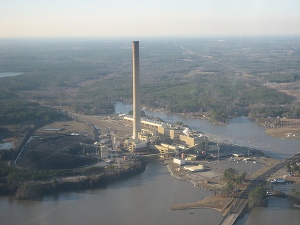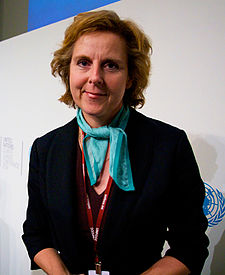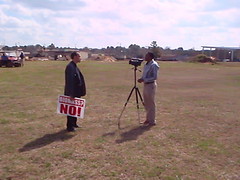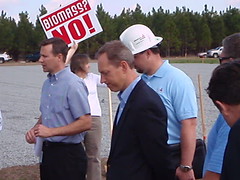
According to gapower’s own press release:
ATLANTA, March 16, 2011 /PRNewswire/ — Georgia Power expects to request
approval from the Georgia Public Service Commission to decertify two
coal-generating units totaling 569 megawatts, the company announced
Wednesday.
 The request to decertify units 1 and 2 at Plant Branch in Putnam Co. will
be included in Georgia Power’s updated Integrated Resource Plan filing
with the commission in late summer. The company expects to ask for
decertification of the units as of the effective dates of the Georgia
Multipollutant Rule, which are currently anticipated to be Dec. 31,
2013 for unit 1 and Oct. 1, 2013 for unit 2.
The request to decertify units 1 and 2 at Plant Branch in Putnam Co. will
be included in Georgia Power’s updated Integrated Resource Plan filing
with the commission in late summer. The company expects to ask for
decertification of the units as of the effective dates of the Georgia
Multipollutant Rule, which are currently anticipated to be Dec. 31,
2013 for unit 1 and Oct. 1, 2013 for unit 2.
The decision to decertify the units is based on a need to install
environmental controls to meet a variety of existing and expected
environmental regulations.
“After an extensive analysis of the cost to comply with environmental
regulations, we have determined the continued operation of these units
would be uneconomical for our customers,” said Georgia Power President
and CEO Paul Bowers. “This decision is in keeping with our focus to
provide affordable and reliable electricity for our customers.”
This matches with
a report from last July that gapower was turning away from coal.
And they
suspended work on Plant Branch a year ago.
Unfortunately, mostly they’re turning to natural gas and nuclear.
Continue reading →
 Inland south Georgia doesn’t have much wind, probably not enough
to generate significant electricity, but wind farms off the Georgia coast
could.
Now we hear fromm Zachary Shahan in Clean Technica that
Offshore Wind Energy Cheaper than Nuclear Energy, EU Climate Chief Says:
Inland south Georgia doesn’t have much wind, probably not enough
to generate significant electricity, but wind farms off the Georgia coast
could.
Now we hear fromm Zachary Shahan in Clean Technica that
Offshore Wind Energy Cheaper than Nuclear Energy, EU Climate Chief Says:








